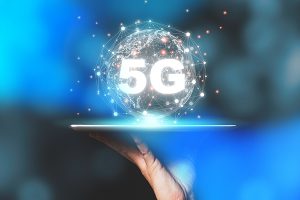Mastering End-to-End 4G Technology
Master your knowledge in 4G technology with this hands-on training. Deep dive into 4G architecture and protocols and develop your skills through practical exercises and real-world scenarios.

Lab Architecture
This Hands-On Training consists of a virtualized Evolved Packet Core (EPC) alongside a radio access network and a UE that allows the user to simulate different 4G scenarios.

Why this Lab?
You will be able to configure main 4G nodes (eNodeB, MME, HSS, DNS, PGW and SGW), make use cases like registration and calls, analyze the PCAP traces for the different protocols (GTP, Diameter and DNS).
Lab Objectives
– Understanding the EPC protocols: GTP, S1-AP, NAS, Diameter and DNS.
– Understanding the E2E 4G architecture.
– Configuring the EPC core of the LAB: provisioning a subscriber, DIAMETER configuration, DNS configuration, creating an APN as well as the PCC rules and configuring IP.
– Executing scenarios with the 4G network: attachment, paging, detachment, Mobility QOS, user plane.
– Debugging and analyzing network traces.
– Analyzing the messages and protocols.
Prerequisites
- – TCP/IP basics
- – Linux basics
- – Telco basics
Related posts

5G Standalone Architecture and Features
This course provides an overview of the 5G Standalone (SA) network architecture and features as specified in the 3GPP standards.
It examines the architecture and key components of both the Access and Core Networks, addressing deployment scenarios for Non-Standalone (NSA) and Standalone (SA) modes.

From 2G to 5G – 3GPP Networks Evolution, Architecture and Features
This course presents an introduction to 3GPP networks, the system architecture and evolution, as well as selected network procedures and features.
The course presents similarities and differences between different 3GPP system generations. Basic architecture, terms, concepts, procedures, radio technologies, and the core network functions are introduced. With the 2G and 3G being phased out, the focus is on the newer 4G and 5G systems.

Public Safety as Mission Critical Communication in 5G Overview
This course examines the public safety services specified by 3GPP as key applications within the Mission Critical use case for 5G networks.
